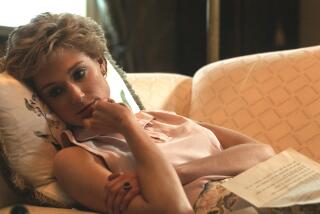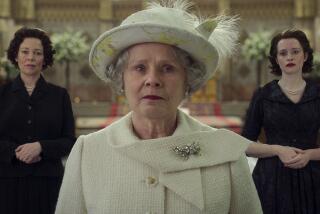How photographer Anwar Husseinâs images helped make Princess Diana an icon
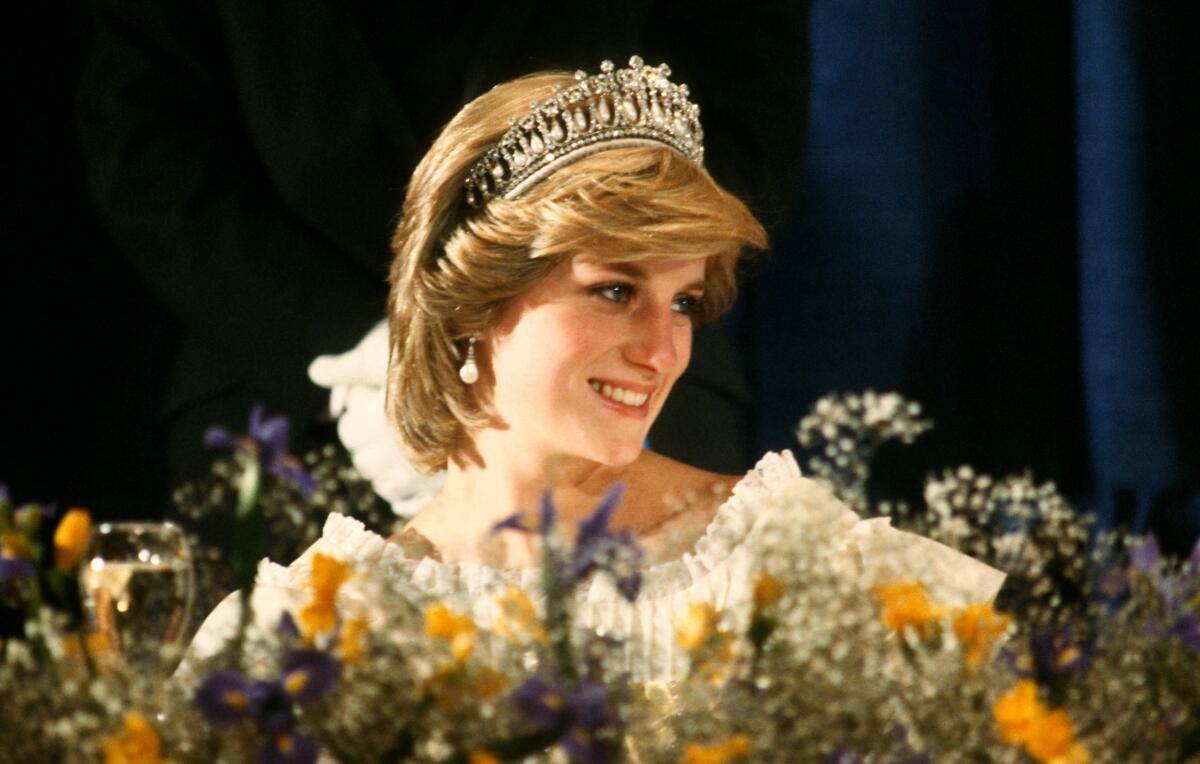
Diana wears the Queen Mary Tiara to a banquet in Nova Scotia on June 15, 1983.
Diana, Princess of Wales, is riding a pop culture resurgence. Fans are eagerly awaiting the fifth and sixth seasons of popular Netflix series âThe Crownâ â which will tackle the late royalâs reign â while Kristen Stewart takes a turn as Diana in the biopic âSpencerâ and âDiana, the Musicalâ opened last month at the Longacre Theater in New York. On the heels of these productions comes the immersive photo-centric show âPrincess Diana: Accredited Access Exhibitionâ at Santa Monica Place thatâs running through March.
The man behind the lens of the visual exhibition is Anwar Hussein. For six decades and counting, the photographer and Tanzanian native, who is in his 80s, has captured some of the worldâs most memorable images of the British royal family, depicting Princess Diana along with Queen Elizabeth II, Prince Philip and their offspring. His pictures of Diana, in particular, disrupted the publicâs view of the royal family with a spontaneous, relaxed approach and have been translated to postage stamps and royal holiday cards.
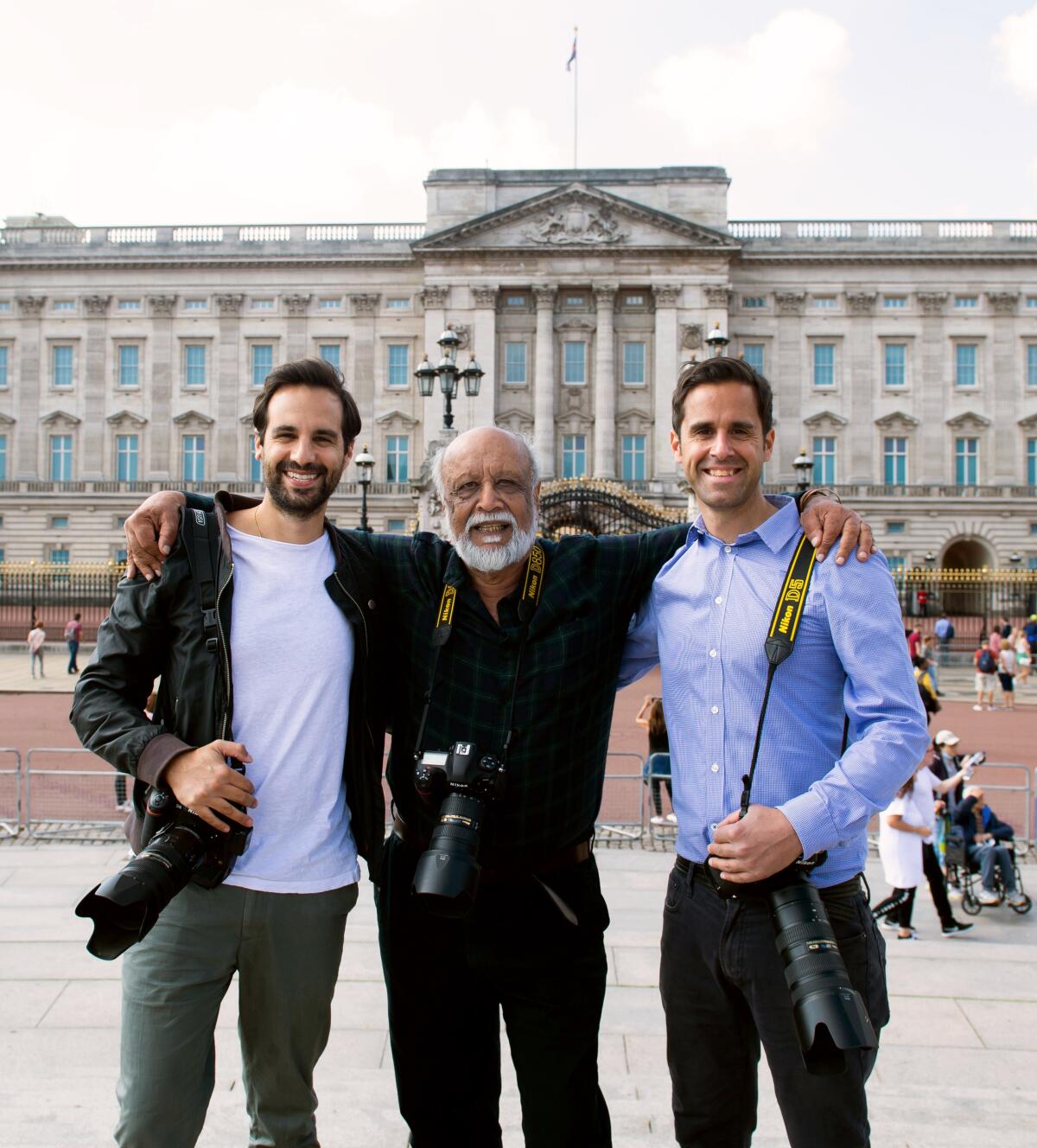
Following a similar path, Husseinâs sons â 41-year-old Zak and 43-year-old Samir â are also official royal photographers, making their names with famous snaps of Prince William and Catherine, the Duchess of Cambridge, and their children, as well as Prince Harry and Meghan Markle, the Duchess of Sussex, before the coupleâs separation from royal life.
Before Dianaâs untimely death in 1997 at age 36, Anwar must have taken âpotentially a million picturesâ of her, his son Zak tells The Times. âAll archived, in transparencies, filed away in cabinets,â he adds.
So it was no small task to land on the 142 images that constitute the exhibition. The imagery â a compilation of the work by Anwar and his sons â is a mix of hero shots, published globally, and newly unveiled archival photos. Eight sections dive into various aspects of Dianaâs life, from family to fashion. As Diana moves from teaching to becoming a princess, and eventually from a star to an icon, the evocative imagery documents her hands-on compassion for others and, simultaneously, her isolation within the royal family and her own marriage.
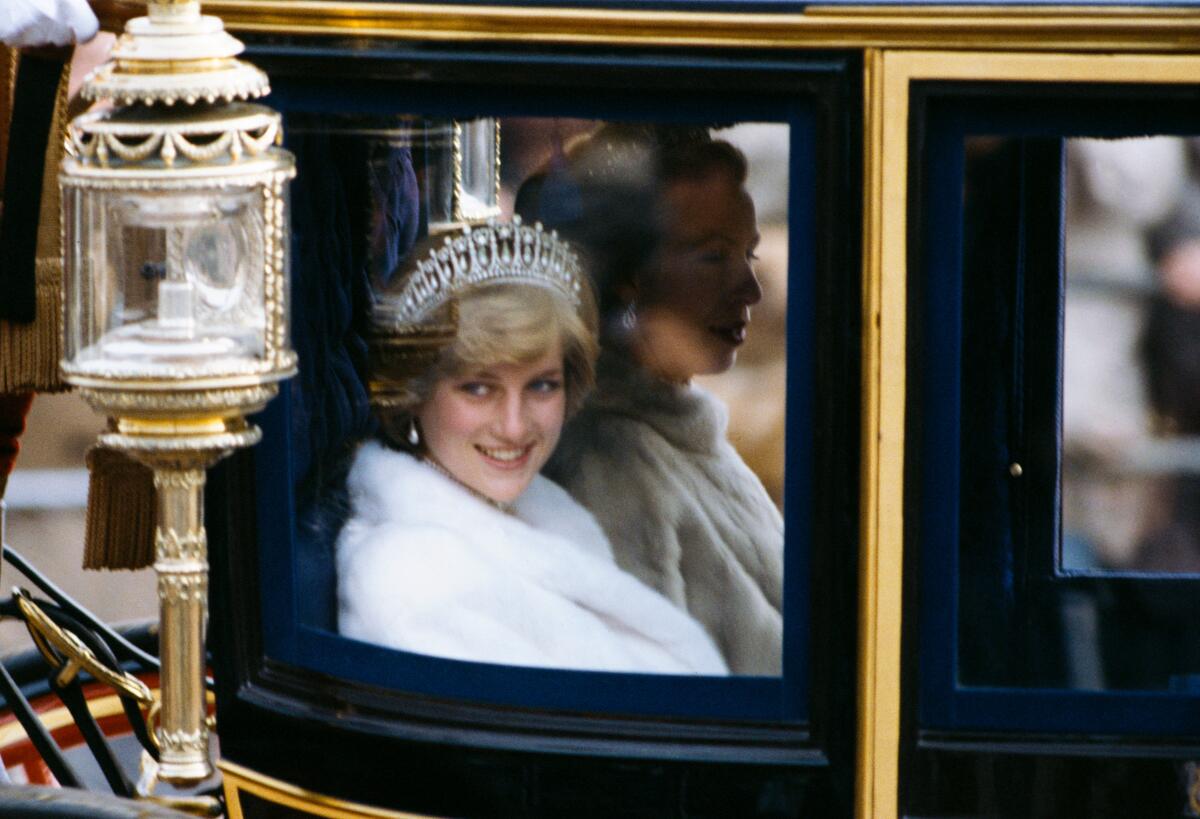
The exhibition, billed as âthe worldâs first-ever, walk-through documentary experience,â intends âto transport people back in time, make them feel like they have entered the story line itself,â says curator Cliff Skelliter. That immersive idea translates into enlarged photos shot by the trio, Nikon cameras that Hussein used to photograph Diana, intricate paper riffs on royal headwear by Canadian artist Pauline Loctin and an in-depth audio guide that reveals untold stories behind each image.
These personal tales â springing from the trusted relationship between Anwar Hussein and Princess Diana â shine a new light on one of the most photographed women in the world. Anwar âfelt like nowâs the right time in his life to share these stories,â Zak explains. âThey span to a new generation of people discovering Diana for the first time, while the older generation is still fascinated by her.â
On the evening of the press preview, Anwar sat at a picnic bench by the Shore Hotel pool in Santa Monica to speak with The Times.
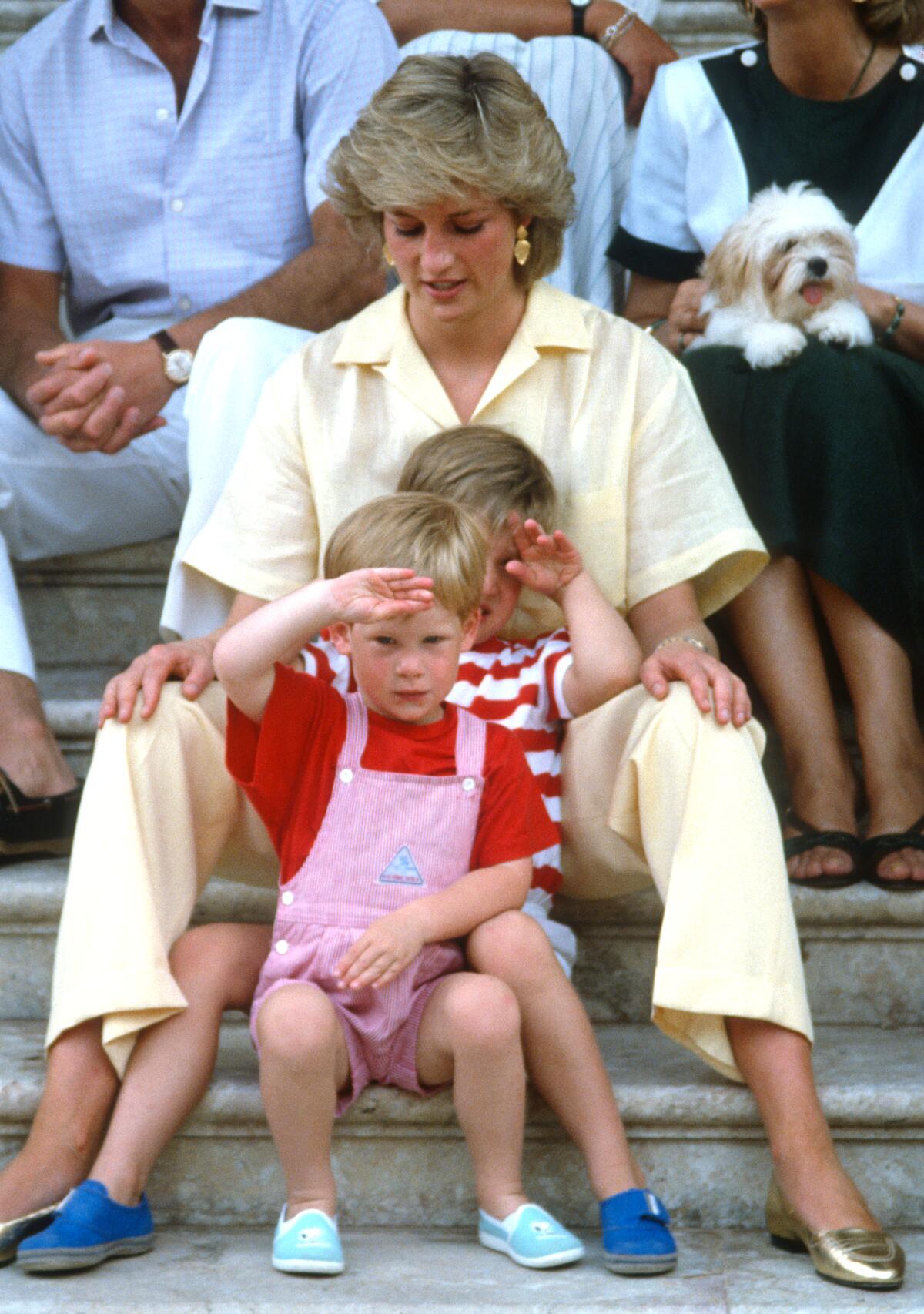
Did you ever imagine that your work would reach so many people?
No! I come from a very small village in Africa, from a very poor family. We walked to school without any shoes. At that time, the only picture I had seen of the queen was on a stamp. I didnât even know what the royal family looked like. Fifty years later, I count four or five pictures of mine that they used on the stamp. Itâs incredible to think of. Not only that, but I have six pictures in the Royal Collection [historically significant works of art].
So thatâs an amazing contrast. When you get older, you think, âHow did I get where I am now?â Looking back at my life, Iâm absolutely surprised. Flabbergasted. When I came to England, in the â60s, it was very difficult to be a colored person and get any sort of job. Things were difficult. I survived!
Your style of capturing people so naturally on film is an art. Is part of it timing?
If you are connected with nature, then nature tells you to wait until something will happen. Itâs the same with human beings, actually. Beyond royal pictures, Iâve done show business pictures with people like Steve McQueen and Dustin Hoffman. But I never felt overwhelmed by whether I met President Reagan or the queen or Muhammad Ali or anyone else, because I treat them as a person. Once you get involved with getting excited about âHeâs the president!â or âSheâs the queen!â you lose the personal touch. When I moved to photographing the royal family, I didnât like the usual pictures â tiaras, all dressed up, looking into the camera. I wanted to make them look and feel more like humans, so that other people could connect to them more than just as a prince, king, queen.
I find it so interesting that you were the first to photograph a royal from the back.
Yes. Everybody said, âWhy did you? What is this picture with her looking from the back?â And I said, âBut look what sheâs trying to say!â
She turned and looked like, âOh donât mind. Iâll give you a smile.â It was a few seconds, but that was enough for me, because it brought me a better picture. It was a very spur-of-the-moment take, I tell you. I could have missed it. But, as I say, instinct was there all of a sudden.
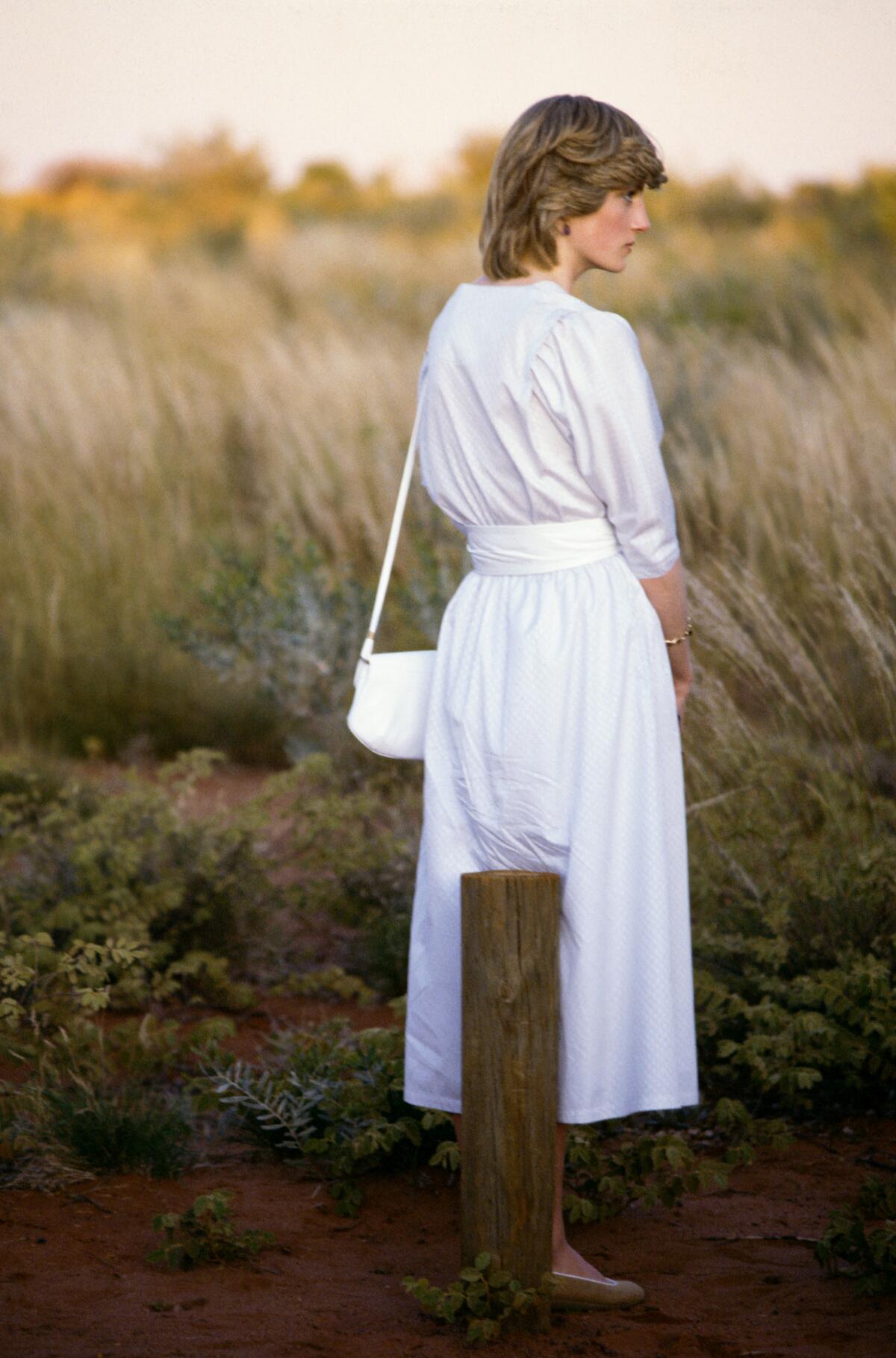
Which images in the exhibit resonate most personally with you?
Quite a few times I photographed [Diana] where she hit on a canny way of dressing to express her feelings, whether she was happy or unhappy. Other times, she would isolate herself, and I managed to get quite a few of her on a polo ground. Very rarely do you see [members of the] royal family alone. They are always surrounded by people. But she would remove herself, and I captured this a few times. This quite shows her loneliness and her wanting to be alone.
Also, thereâs her favorite picture [mentioned in the exhibition] in Pakistan in a cancer hospital, where sheâs holding a kid. It was incredible. She just held on to him. And though the boy was blind, we can see the connection between them. I think she had natural instincts, the compassion she gave without even trying hard. The boy literally died a week or so after, and she was very upset about that.
Image choices like this that showed her compassion helped to create an icon.
I tried to show all the emotion, whether laughing her head off or crying. One time, when somebody gave her roses in Scotland, I asked her, âWhy are you crying? Why are you upset? Did I do that with the picture?â And she said, âBecause Charles has never given me any rose.â
You must miss Diana.
Yes, of course. Yesterday, I was looking at the pictures and I was almost in tears. When I look at a picture, it affects me because I spent as much time with her as I spent with my family. I would pick up my camera and go where she went. I photographed her before she met Charles, then when they were together, through the engagement, the wedding, the honeymoon and all over the world in different countries. She had so much empathy. She went very quickly from innocent, shy Di to become a very brave and positive person.
'Princess Diana: Accredited Access'
Where: Santa Monica Place, within the former Bloomingdaleâs location, 315 Colorado Ave., Santa Monica
When: 11 a.m.-7 p.m. Wednesdays, Thursdays and Sundays, 11 a.m.-8 p.m. Fridays and Saturdays
Tickets: $17-$25 general admission, $25-$37 VIP admission with expedited entry and souvenir program; group and family bundle discounts
Info: princessdianaexhibit.com/los-angeles
More to Read
The biggest entertainment stories
Get our big stories about Hollywood, film, television, music, arts, culture and more right in your inbox as soon as they publish.
You may occasionally receive promotional content from the Los Angeles Times.

